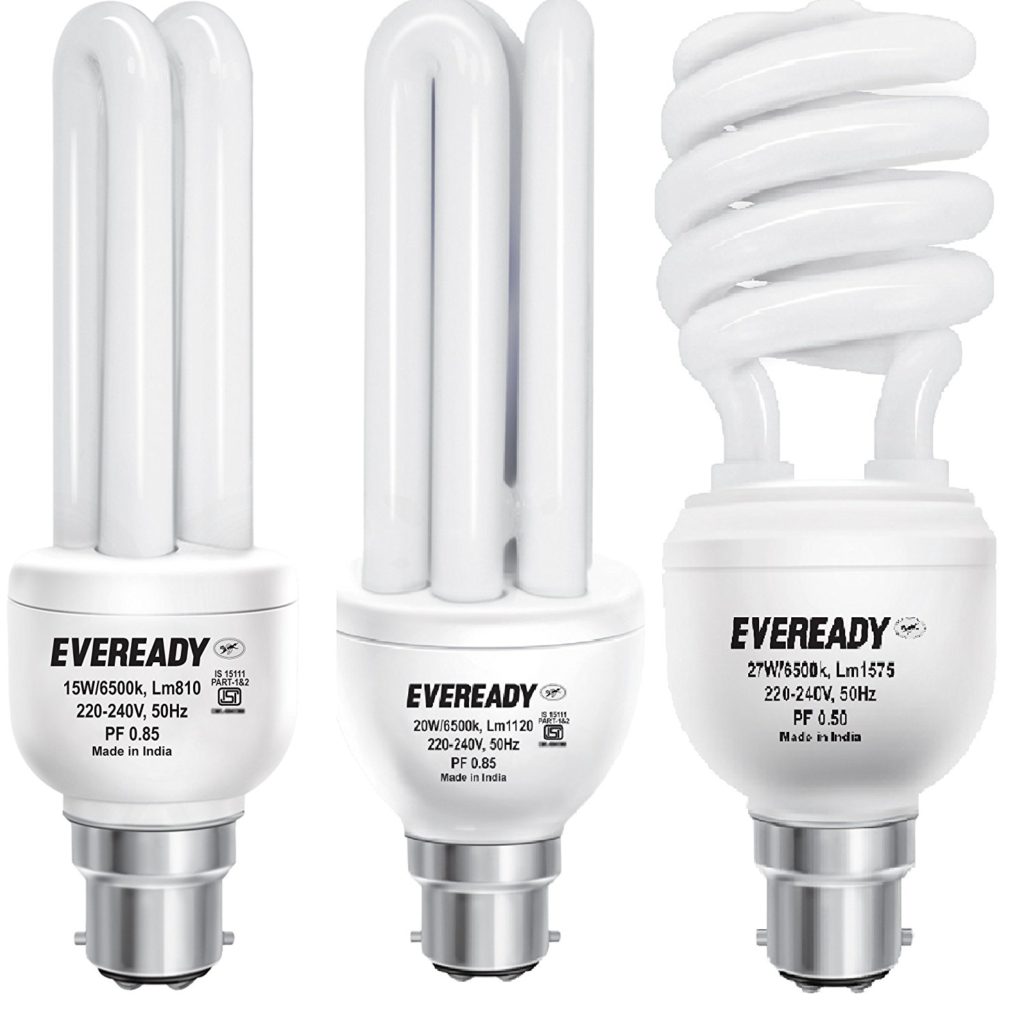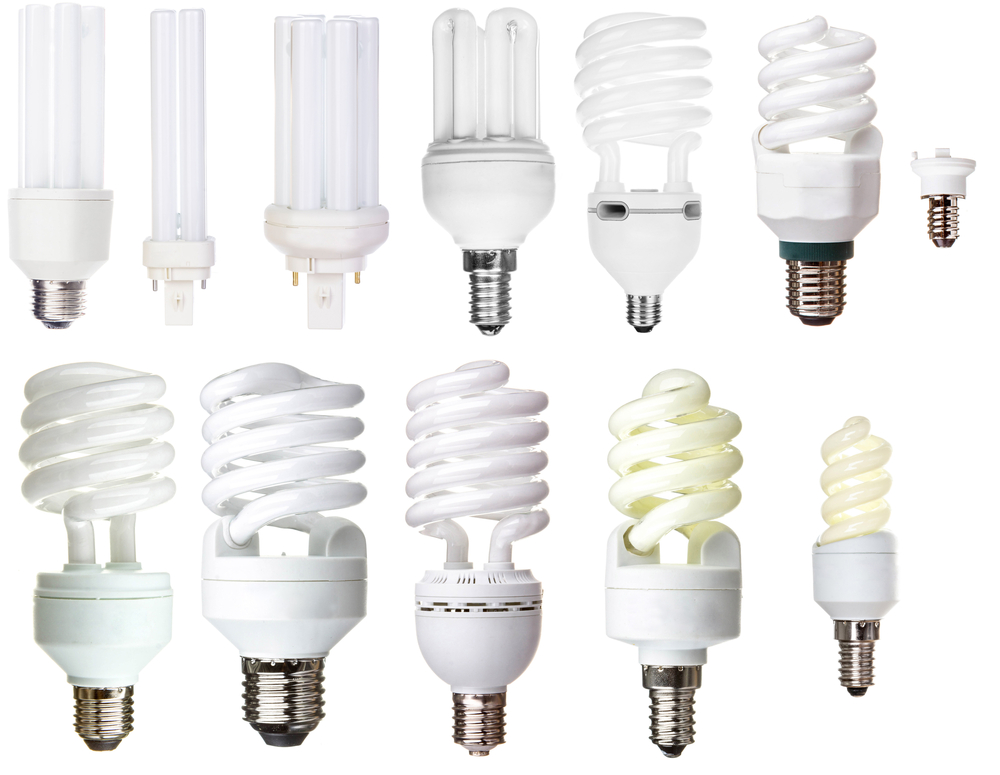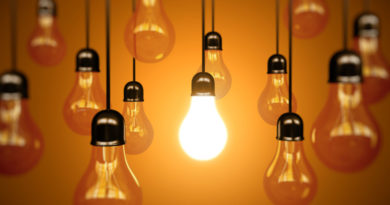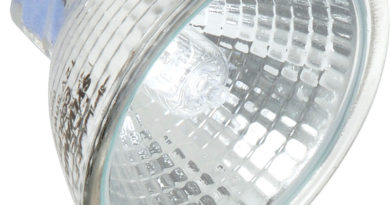SUSTAINABLE LIGHTING | CFL
Compact Fluorescent Lamp (CFL), also known as a compact fluorescent light bulb or energy saving light bulb, is a type of fluorescent lamp. They are basically fluorescent tube lights wound or bent to look like a filament bulb, as they were planned so as to replace the bulb. Hence they can fit in the existing light fixtures formerly used for incandescent.

Compared to general-service incandescent lamps giving the same amount of visible light, CFLs use one-fifth to one-third the electric power, and last eight to fifteen times longer. A CFL has a higher purchase price than an Incandescent lamp, but can save over five times its purchase price in electricity costs over the lamp’s lifetime. Like all fluorescent lamps, CFLs contain toxic mercury which complicates their disposal. In many countries, governments have banned the disposal of CFLs together with regular garbage. These countries have established special collection systems for CFLs and other hazardous waste. As an Architect, I have described the advantages and disadvantages of CFL’s in Green buildings, under the following headings:
What are the advantages of Compact Fluorescent Lamps in green buildings?
What are the disadvantages of Compact Fluorescent Lamps in green buildings?
Compare Compact Fluorescent Lamp with Incandescent Lamp.
ADVANTAGES OF CFL IN GREEN BUILDINGS:
Efficiency: Compared to Incandescent lamps giving the same amount of visible light, CFLs use less energy and are more efficient. They give out 60 lumens per watt against the 12-14 lumens per watt of incandescents.
Heat: Since they are more efficient than incandescents, CFLs don’t produce as much heat.
Wattage range: CFLs are available in 30 different wattages, starting from 3watts to 80watts. Some manufacturers have developed superlamps-induction CFLs in even higher wattages.
Colour temperature range: CFLs are available in a wide range of colour temperatures from 2700K (warm light) to 5400K (close to daylight)
Life: The average rated life of a CFL is between 8 and 15 times that of incandescents. CFLs typically have a rated lifespan of between 6,000 and 15,000 hours. However, the life of a CFL is significantly shorter if it is only turned on for a few minutes at a time.
Because of all these advantages, CFLs are presently the favourite of environmentalists and governments. Fidel Castro, in 2005 was the first to ban the use of incandescent bulbs in favour of CFLs to reduce Cuba’s enormous fuel import bill. Britain and Australia already have legislation aimed at phasing out incandescents in favour of CFLs. The US and EU are likely to follow soon. In India, CFLs are being encouraged but the significantly higher cost means that the incandescent bulbs cannot be banned yet.
DISADVANTAGES OF CFL IN GREEN BUILDINGS:
Light output: CFLs produce less light later in their life than they do at the start. By the end of their lives, CFLs can be expected to produce 70-80% of their original light output.
Time to light up: Incandescents give light almost immediately upon the application of voltage while CFLs take a perceptible time to achieve full brightness, and can take much longer in very cold temperatures.
Cost: The cost of an integrated CFL is typically 3 to 10 times greater than that of an equivalent incandescent lamp. However, the extended lifetime and lower energy use will compensate for the higher initial cost.
Colour rendering: CFLs don’t have quite the same colour rendering ability that incandescent bulbs do.
Shape: CFLs have strange shapes and don’t look very elegant, though there have been some cosmetic improvements lately. They are difficult to manage optically because of their shape.
Dimming: Dimming of lights requires the use of expensive dimmable ballasts.
Disposal: CFLs contain mercury and have to be disposed off carefully. They can’t simply be tossed into a garbage bin. In the US and EU there are strict guidelines for disposal of CFLs.

CFL VERSUS INCANDESCENT BULBS
Considering these disadvantages, and the complexity in construction of a CFL there has been some debate about how correct the decision of some governments has been to ban incandescents and replace them with CFLs.
Since we are talking about Green Buildings, let us compare the CFL and the Incandescent bulb, in energy terms- the amount of energy consumed by them. Researchers at the Technical University in Denmark calculated that:
1.7kWh is needed to produce a 13W CFL and !.7kWh to dispose one. The 13 W CFL will consume 85.8kWh over its rated lifetime of 6000 hours. Hence the total lifetime energy input of the CFL is 1.7+1.7+85.8= 89.2kWh
By contrast, it takes only 0.29kWh to manufacture a 60W Incandescent bulb , and the cost of disposal is nil since it contains no hazardous material. The equivalent lifetime and equivalent light output would require 36 Incandescent bulbs, each burning its full lifetime of 1000 hours. This works out to a total consumption of 36lampsx60Wx1000hrs = 2160kWh! Hence the total lifetime energy input of the incandescent bulb is 36×0.29+2160= 2170.44kWh
I hope there is no more doubt in your mind about the amount of energy that can be saved by using CFLs. It is the future for a greener world.
If you found this post useful, I would really love it if you pin it or share it. I have not blocked the site just because your ad blocker is switched on because I hope my content will be useful to you. But I am able to run this site only because of the ads. So I will be obliged if you turn off your ad blocker. Thank you!
Related Topics:
- Green Buildings Lighting | Incandescent Lamp
- Green Buildings Lighting | Fluorescent Tube Light
- Green Buildings Lighting | Metal Halides
- Green Buildings Lighting | Sodium Vapour Lamp
- Green Buildings Lighting | LED
- Green Buildings Lighting | Halogen
Also Read about:



Very well written.